Hakone Freepass - Tour Hakone Conveniently By Bus, Train And Ropeway

Hakone is a popular hot spring resort area located just two hours from the world's busiest train station, Shinjuku Station. Use the convenient Hakone Freepass to visit Hakone and enjoy all the fascinating activities and amazing views in this area.
The information presented in this article is based on the time it was written. Note that there may be changes in the merchandise, services, and prices that have occurred after this article was published. Please contact the facility or facilities in this article directly before visiting.
While Tokyo is chock full of fun things to do and places to see, being in the city can sometimes get very tiring. When you want to refresh yourself in body and spirit, as well as treat your eyes to some amazing views, then a visit to Hakone is in order!
Hakone is just two hours by train from Tokyo's Shinjuku Station on the Odakyu Line. Travel in Hakone is best done by bus, which is why using the Hakone Freepass (which comes in 2 and 3 day varieties) is the most convenient way to go.
The Hakone Freepass can now be purchased online at any time using a smartphone, through EMot Online Tickets (Odakyu’s Digital Ticket).
In Shinjuku Station, head to the Odakyu Sightseeing Service Center for travel advice and to purchase your Hakone Freepass.

You can also purchase the Freepass from the ticket machines. This pass enables you to ride on all Odakyu local and express trains, except the Romancecar (*), as well as all the Odakyu buses as well, plus several of the special lines, like the Hakone Tozan Ropeway, in the Hakone area.
*Please be aware that the special express Romancecar requires the purchase of a separate express train ticket.
All of the bus lines in Hakone offer service in Japanese, English, Chinese, and Korean, so you can easily get around without having to worry about any language barriers too.

Picture courtesy of Odakyu Electric Railway Co.,Ltd.
The Hakone Freepass grants you discounts at various locations as well. Take a look at their website for more information.
As it's in the mountains, this area is between two to five degrees cooler than Tokyo, but if you are dressed for the weather, Hakone offers some stunning experiences that you simply can't miss out on.
9:30 -- Try Your Hand at a Traditional Art at Kanazashi Woodcraft
My first stop after arriving in Hakone Yumoto was the Kanazashi Woodcraft, where I took part in a course on how to make one of Hakone's most well-known traditional crafts - yosegi zaiku, or wood parquetry. (These workshops usually take around one hour.)
Kanazashi Woodcraft is run by Katsuhiro Kanazashi, a yosegi zaiku professional artisan who has been in business since 1970, and offering hands-on lessons since about 2010.

You can also purchase pieces of parquetry made by artists that have trained under Mr. Kanazashi, which range in price from 500 yen to well over one hundred thousand yen.
The experience is open to people of all ages. Individual courses are only available in Japanese, but if you are traveling in a large group, you may want to consider hiring a translator to accompany you, as the history of this traditional art is very interesting.


In the top photo you can see the wooden pieces that you'll use to make your own coaster - you are allowed to use up to 40 pieces. After you've figured out your design, you glue the pieces together on a small plastic board, and let them dry.
As the lesson is only one hour long, you'll be given your coaster in a plastic bag that comes with a piece of sandpaper in it. When you get home, simply sand the coaster until it's smooth and then coat it in a clear varnish. Then you'll have your very own, one-of-a-kind yosegi zaiku to enjoy!
11:00 -- Enjoy Delicious Regional Sweets at Amazake-chaya

Hopping on the bus again, it was time to travel deeper into the mountains and back in time about 400 years. Amazake-chaya is an Edo period (1603 - 1868) tea house that stands along the Tokaido road, the original route travelers would take when heading from Tokyo to Kyoto and vice versa, and was a mid-way stop between checkpoints.
Although the shop has been rebuilt since then, it is always rebuilt in traditional style and has a packed dirt floor, an irori firepit, and an incredibly warm and comforting atmosphere to it.

Their amazake, or hot sweet sake, is both sugar and alcohol-free. It is made from fermented rice, in the same fashion as sake is, but produced at a higher temperature and only allowed to mature for a single night - thus making it alcohol-free. The amazake also comes with a small dish of seasonal pickles as well, which go perfectly with this warm drink.

Amazake-chaya is also known for its sweets. In keeping with their tradition as a rest stop on the Tokaido, they have a dessert called chikara mochi, or "strengthen-giving roasted rice cakes". These come in three different flavors: isobe (with soy sauce), uguisu (with green soy bean powder), and kurogoma (with black sesame seed). We tried the uguisu and kurogoma - and they were amazing! The mochi rice cakes are just the right size and stickiness, and they blend perfectly with the toppings. This is a taste that you really can't find anywhere else.
12:15 -- Soak Your Feet and Try Delicious Buns at Bakery & Table Hakone
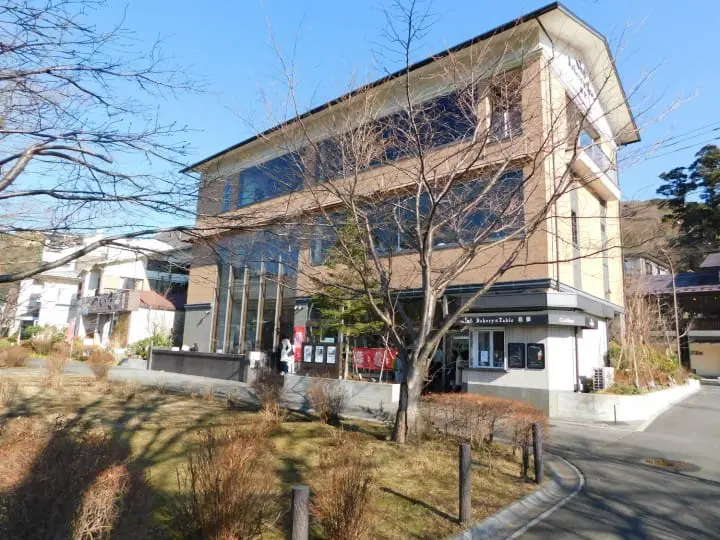
It is very windy in Hakone, so you may start to feel cold early in your trip. When that happens, head to the Lake Ashi area, where you can see the floating torii gate of Hakone Shrine, and, on a clear day, Mount Fuji in the background. Here you'll find a recent addition to the Hakone area, Bakery & Table Hakone.
Bakery & Table Hakone has inherited the bread manufacturing methods of the famous Akakura Kanko hotel, a mountain resort that first opened in 1937 in Niigata, and has opened a store in the national hot spring resort of Hakone. What sets Bakery & Table Hakone apart though, is their special outdoor seating in front of the shop. From here you can enjoy views of Lake Ashi, but more than that, if you just look under the counter...
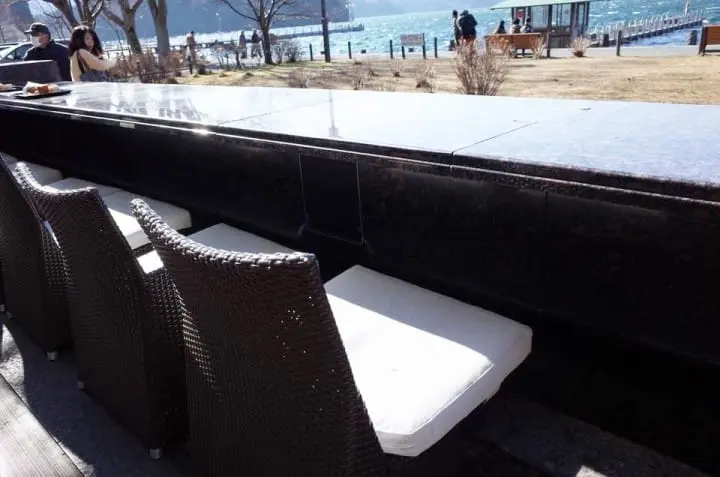
You'll see an ashiyu, or footbath! There's no need to worry if you haven't brought a towel with you, as you can purchase sets inside. We recommend first picking up some of their delicious fresh baked breads and a drink before soaking your feet in the moderately warm waters of this spring.

On the first floor is a bakery, offering many different types of bread to choose from (the types vary daily/weekly). Their top three most popular buns are their curry bun, made from rice flour, their homemade custard bun, which is absolutely packed with thick, sugary custard, and their Hakone bun - inspired by yosegi zaiku, this bun is a cube filled with various seasonal root vegetables. On busy days, these buns may run out early.
Bakery & Table Hakone
Official website (Japanese): https://www.bthjapan.com/hakone.php
Hakone Navi page (English): https://www.hakonenavi.jp/international/en/spot/599

13:30 -- Appreciate Art and a Stunning View at the Narukawa Art Museum

After warming your toes and filling your stomach with rolls, you'll want to get walking again. Just behind Bakery & Table Hakone, across the street and up the hill, you will find the Narukawa Art Museum. This museum, which has a permanent exhibit of stunning Chinese art, and seasonal exhibitions on many different themes, is also well known for its view.

Picture courtesy of Odakyu Electric Railway Co.,Ltd.
Isn't that amazing? This is the view from their Panorama Lounge, a 50 m long picture window that overlooks Lake Ashi, and grants unparalleled views of the lake, Hakone Shrine, and of course, of Mount Fuji as well. You can also enjoy this view from their museum cafe as well.
Hotels near Narukawa Art Museum

15:40 -- Find Souvenirs and Try a Black Egg at Owakudani Kurotamagokan
Now we come to the most exciting part of this journey: the Hakone Tozan Ropeway to Owakudani.

The ropeway is an incredible way to enjoy the views of the mountains, and basically all of Hakone. It takes eight minutes to travel from Sounzan to Owakudani by ropeway, and during this trip, you may experience some shaking due to the wind.
Not only that, but you are traveling over an active volcano, so the smell of the gases can be quite strong. For that reason, before entering the ropeway car, you'll be given a medical sheet to hold over your nose and mouth, if the smell is too strong for you, or if you start to feel ill.
The ropeway may also close early because of the weather or wind conditions, so make sure to keep an eye on the time if you plan on using the ropeway extensively during your trip.
At Owakudani Station, you can buy the famous black eggs (kurotamago) of Owakudani from the Owakudani Kurotamagokan. It is said that, if you eat a black egg cooked in the steam of Owakudani, seven years will be added to your life.

The Owakudani Kurotamagokan is a souvenir shop and the only place where you can purchase kurotamago, or hard boiled eggs that have been slowly cooked in a spring heated by a volcano. The eggs turn black thanks to the iron properties of the water, but the inside looks just like a regular boiled egg. They have a slightly salty taste naturally, but you can also add extra salt to them if you like.

Why do they add seven years to your life? In the past, there was a sacred statue of a Jizo (Buddhist saint) near the spring where these eggs were made, and it was said that eating them would bring you blessings from the Shichifukujin or Seven Gods of Good Fortune, and that tradition has carried on to this day.

You can also find some great black egg themed souvenirs here too, such as custard filled black egg cakes, and even Owakudani black egg beauty products.
17:15 -- Savor a Delicious Dinner at Yamagusuri

Take the ropeway for a further 16 minutes and head to Togendai Station. About 30 minutes by bus will bring you down the mountain further, and to a deceptively small restaurant called Yamagusuri.
From the outside it only looks like it could hold about five people at the very most, but once you step inside, you'll find a set of stairs leading downward. Follow them and you'll come to the actual entrance to the restaurant, where you'll find a spacious and inviting dining area that can seat up to 50 guests.

Yamagusuri is famous for its mugitoro set meal: mugitoro (brown rice with grated yam topping), a minced pork patty with miso, mountain mushroom soup, pickles, fried fish cake, and your choice of either grilled pork or grilled yam. The menu is only available in English, but comes with full color pictures, so it is easy to understand.
The mugitoro might not look appealing to some at first, but it is incredibly good, and smells amazing too. Just mix some of the green onion and wasabi into the dish, then pour it over your rice. Fantastic! Each dish is perfectly seasoned and complements the others, so by the time you've finished your last bite, you will surely have a smile on your face and a full stomach.
Yamagusuri
Official website (Japanese): https://www.yamagusuri.com/
Enjoy the Finer Things in Hakone
Experiencing a traditional art form, soaking in a foot bath, eating regional cuisines - all by using the convenient Hakone Freepass which allows unlimited rides on the public means of transportation in Hakone, except for the Romancecar which requires a separate express train ticket. If you want to get out of Tokyo and enjoy a more relaxed, leisurely journey with some amazing views, plan a visit to the Hakone Yumoto area!
So, my whole journey today was:
Shinjuku Station (Odakyu Odawara Line Express) → Odawara Station (switch to Hakone Tozan Line) → Hakone Yumoto Station → Hakone Kyukaido Bus → Hatajuku Bus Stop → Kanazashi Woodcraft Yosegi Taiken Kyoshitsu →Hatajuku Bus Stop → Hakone Kyukaido Bus → Amazakechaya Bus Stop → Amazake-chaya → (bus) → Hakone Shrine Iriguchi Bus Stop → Bakery & Table Hakone → (walk) → Narukawa Art Museum → Motohakone Minato Bus Stop → Yunessanmae Bus Stop → (bus) → Gora Station → Hakone Tozan Line → Sounzan Station → Hakone Ropeway → Owakudani Station → Owakudani Kurotamadokan → Owakudani Station → Hakone Ropeway → Togendai Station → (bus) → Hotelmae Bus Stop → Yamagusuri → (bus) → Hakone Yumoto Station → Odawara Station → Shinjuku Station
Click here for the latest information on Hakone Freepass.
The writer visited these facilities in December 2017.
Main image courtesy of Odakyu Electric Railway Co.,Ltd.
Supported by Odakyu Electric Railway Co.,Ltd.
History buff and urban explorer in the Greater Tokyo Area - always looking for something new and exciting!



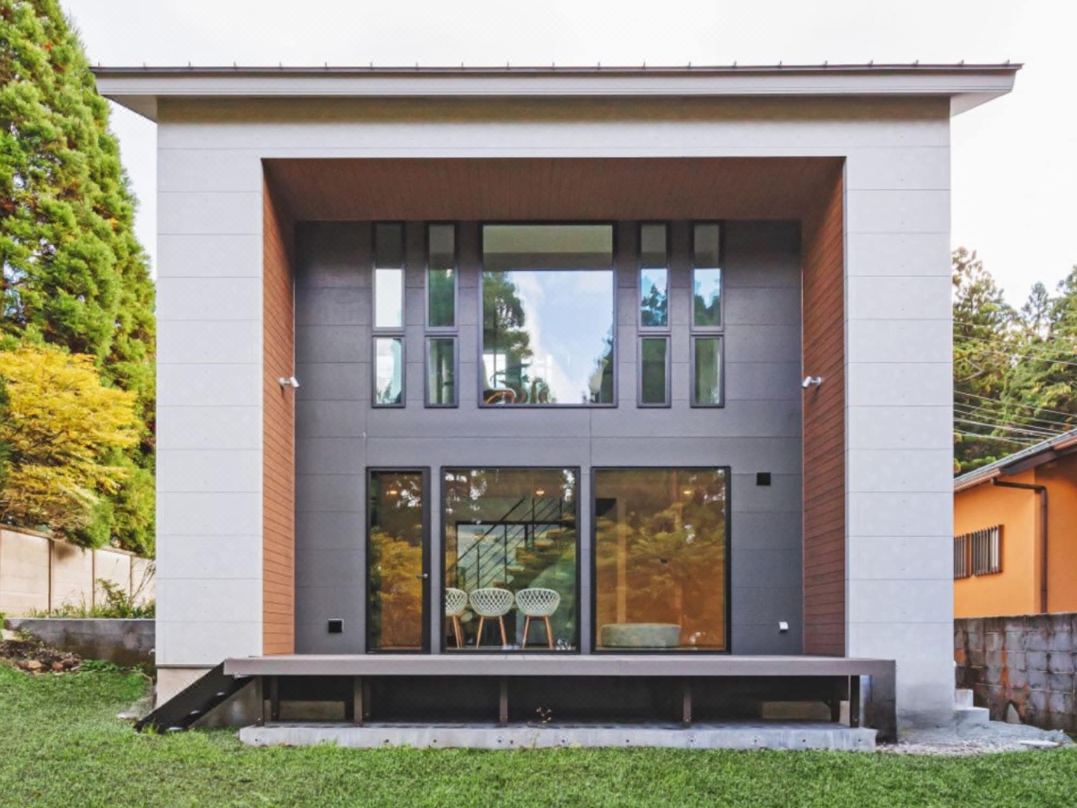

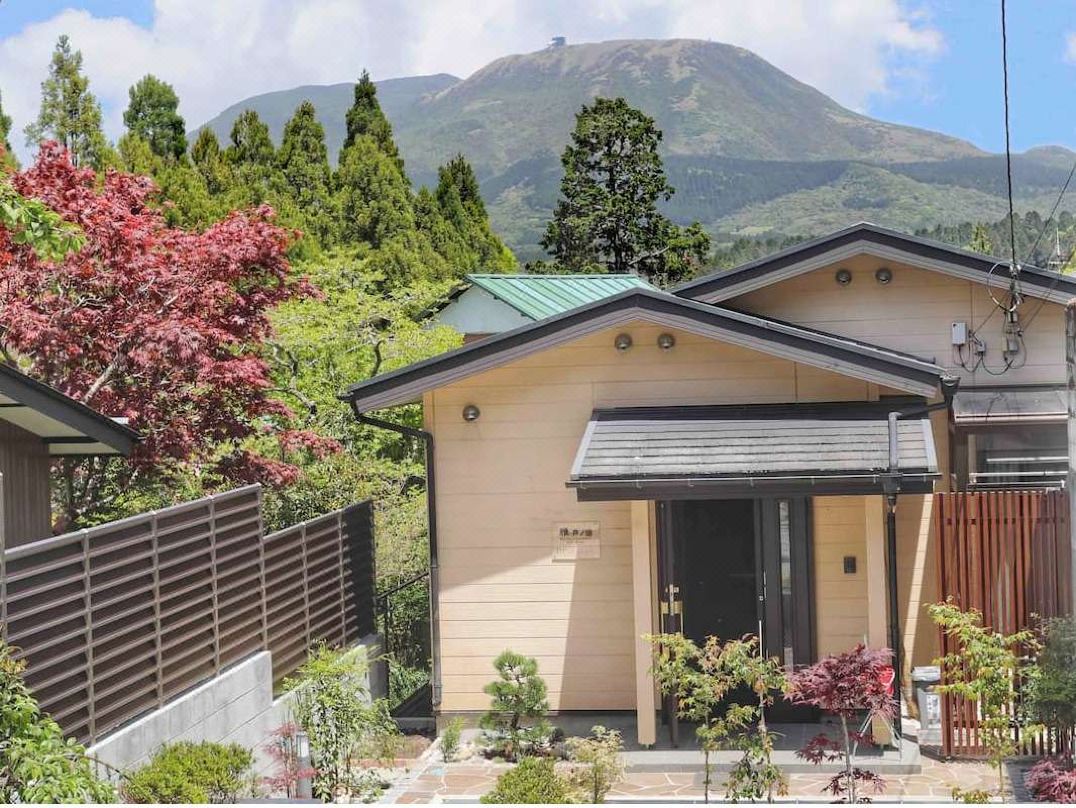
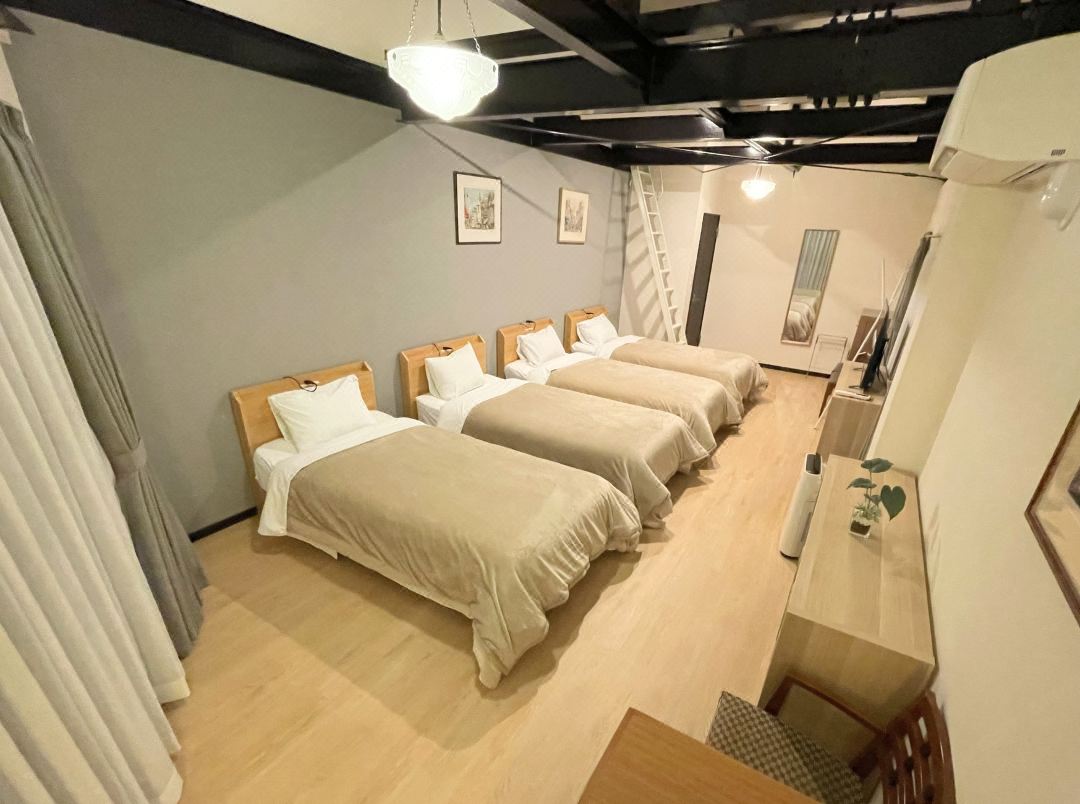



































![[2026] Top 5 Strawberry Picking Spots in Tokushima, Naruto| Farms and Access Guide for January to May](https://resources.matcha-jp.com/resize/720x2000/2025/03/06-227165.webp)

